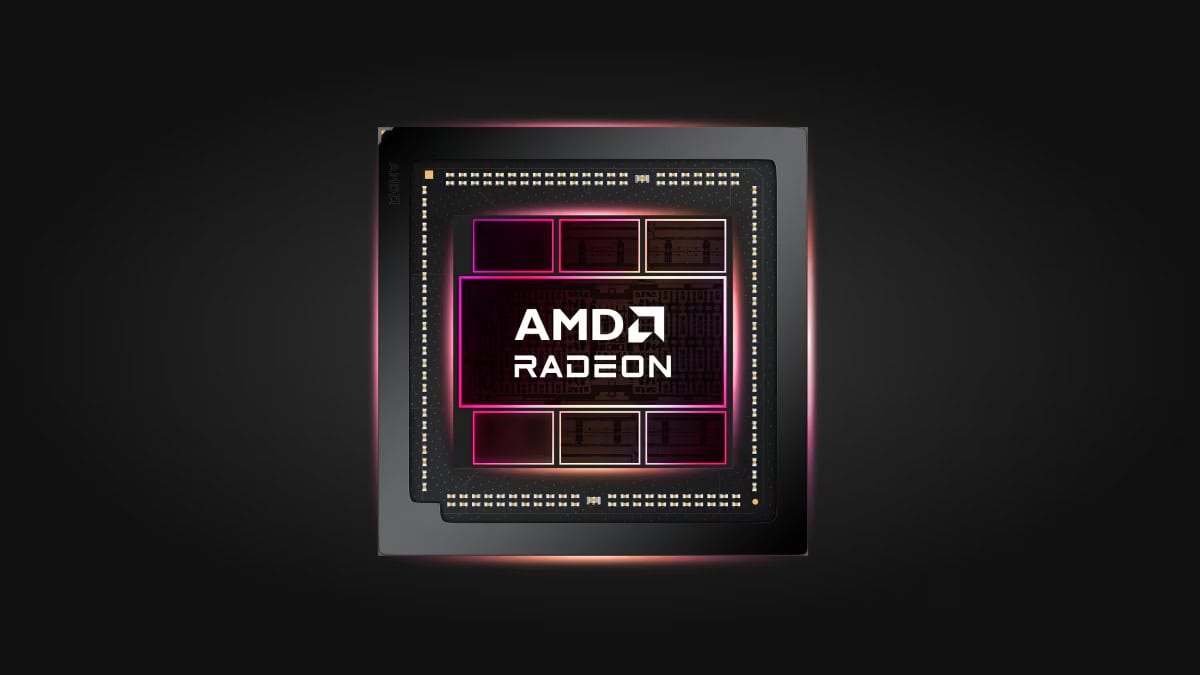

A new mobile GPU enters the picture Updated: Sep 11, 2024 5:24 pm WePC is reader-supported. When you buy through links on our site, we may earn an affiliate commission. Prices subject to change. Learn more Table of Contents Table of Contents Today, AMD has officially unveiled its newest mobility GPU featuring 60 compute units and 12 GB of VRAM for high-end gaming laptops and more. AMD have quietly launched a new mobility GPU for its ever-growing RDNA 3 family today, aimed at high-end gaming laptops and equipped with the same compute units as the PS5 & 7800 XT. The GPU was ‘announced’ on the official AMD website via a product page which showcased launch dates, specifications, and more. While no official gaming laptops have hit shelves using the newly announced RX 7800M, experts predict that stock availability for these laptops will be much higher than the flagship RX 7900M and mainstream 7600/7700 variants. Of course, only time will tell on that front, but early signs are looking quite positive for the upcoming mobile GPU. In fact, early 3D Mark benchmarks showcase a mere 15% difference between the 7800M and 7900M, which is not horrendous when all things are considered. AMD RX 7800M specs go live AMD RX 7800M specs list. Source: AMD Looking at the specifications, the 7800M is based on the 5nm NAVI 32 GPU silicon, equipped with 30WGPs and 60 Compute Units (similar to that of both PS5 Pro & RX 7800 XT). It features 3,840 stream processors on a chip that stacks 28.1 billion transistors, plus 96 ROPs and a maximum texture fill rate of 560.4 GT/s. To put that in perspective, that’s the same core count as the AMD RX 7800 XT desktop GPU and the recently announced PS5 Pro console from Sony. As for clock speeds on the newly announced 7800M, users can expect 2,145MHz in game frequency mode – which is far less than the 2,430MHz boasted by the 7800 XT. This is mainly thanks to the compromises made when working out the chips TDP. How does the 7800M compare to the desktop 7800 XT? Of course, comparing the mobile-tailored 7800M to the desktop 7800XT is like night and day – however, it’s worth a look to get some perspective on how it may perform in flagship games. The 7800M will feature 12GB of VRAM whereas the 7800XT offers 16GB, with the latter also featuring faster memory bandwidth, meaning it should be easily outperformed by its desktop counterpart. All being said, when you look at mobile vs mobile options, the 7800M looks fairly well placed, boasting a 28% increase over the NVIDIA GeForce RTX 4070, respectively. For those wanting a closer mobile comparison for the 7000M RNDA 3 mobility range, see our table below: SKUGPU ArchitectureProcess NodeDie SizeCoresClock speed (Max)VRAM Memory busTGPRadeon RX 7900MRDNA 3 Navi 315nm + 6nm304.5mm246082090 MHz16 GB GDDR6 (64 MB Infinity Cache)256-bit / 512 GB/s160-200WRadeon RX 7800MRDNA 3 Navi 325nm + 6nm200mm238402145 MHz12 GB GDDR6 (48 MB Infinity Cache)182-bit / 432 GB/s180WRadeon RX 7600M XTRDNA 3 Navi 336nm204mm220482300 MHz8 GB GDDR6 (32 MB Infinity Cache)128-bit / 288 GB/s75-120WRadeon RX 7600MRDNA 3 Navi 336nm204mm217922070 MHz8 GB GDDR6 (32 MB Infinity Cache)128-bit / 256 GB/s50-90WRadeon RX 7700SRDNA 3 Navi 336nm204mm220482200 MHz8 GB GDDR6 (32 MB Infinity Cache)128-bit / 288 GB/s75-100WRadeon RX 7600SRDNA 3 Navi 336nm204mm217921865 MHz8 GB GDDR6 (32 MB Infinity Cache)128-bit / 256 GB/s50-75W






